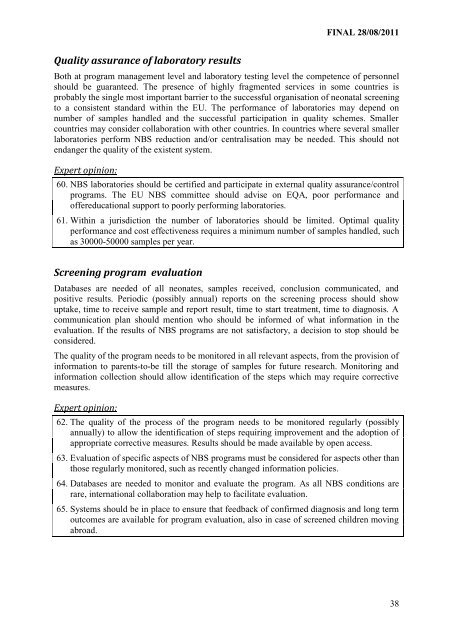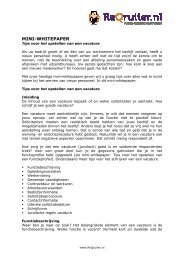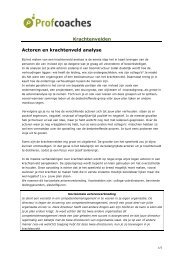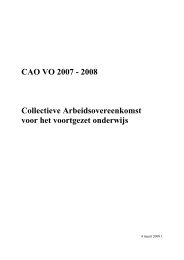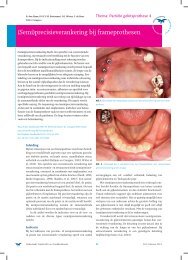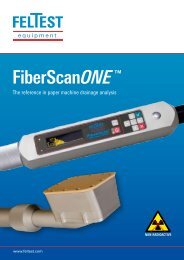Newborn screening in Europe Expert Opinion document
Newborn screening in Europe Expert Opinion document
Newborn screening in Europe Expert Opinion document
You also want an ePaper? Increase the reach of your titles
YUMPU automatically turns print PDFs into web optimized ePapers that Google loves.
FINAL 28/08/2011Quality assurance of laboratory resultsBoth at program management level and laboratory test<strong>in</strong>g level the competence of personnelshould be guaranteed. The presence of highly fragmented services <strong>in</strong> some countries isprobably the s<strong>in</strong>gle most important barrier to the successful organisation of neonatal <strong>screen<strong>in</strong>g</strong>to a consistent standard with<strong>in</strong> the EU. The performance of laboratories may depend onnumber of samples handled and the successful participation <strong>in</strong> quality schemes. Smallercountries may consider collaboration with other countries. In countries where several smallerlaboratories perform NBS reduction and/or centralisation may be needed. This should notendanger the quality of the existent system.<strong>Expert</strong> op<strong>in</strong>ion:60. NBS laboratories should be certified and participate <strong>in</strong> external quality assurance/controlprograms. The EU NBS committee should advise on EQA, poor performance andoffereducational support to poorly perform<strong>in</strong>g laboratories.61. With<strong>in</strong> a jurisdiction the number of laboratories should be limited. Optimal qualityperformance and cost effectiveness requires a m<strong>in</strong>imum number of samples handled, suchas 30000-50000 samples per year.Screen<strong>in</strong>g program evaluationDatabases are needed of all neonates, samples received, conclusion communicated, andpositive results. Periodic (possibly annual) reports on the <strong>screen<strong>in</strong>g</strong> process should showuptake, time to receive sample and report result, time to start treatment, time to diagnosis. Acommunication plan should mention who should be <strong>in</strong>formed of what <strong>in</strong>formation <strong>in</strong> theevaluation. If the results of NBS programs are not satisfactory, a decision to stop should beconsidered.The quality of the program needs to be monitored <strong>in</strong> all relevant aspects, from the provision of<strong>in</strong>formation to parents-to-be till the storage of samples for future research. Monitor<strong>in</strong>g and<strong>in</strong>formation collection should allow identification of the steps which may require correctivemeasures.<strong>Expert</strong> op<strong>in</strong>ion:62. The quality of the process of the program needs to be monitored regularly (possiblyannually) to allow the identification of steps requir<strong>in</strong>g improvement and the adoption ofappropriate corrective measures. Results should be made available by open access.63. Evaluation of specific aspects of NBS programs must be considered for aspects other thanthose regularly monitored, such as recently changed <strong>in</strong>formation policies.64. Databases are needed to monitor and evaluate the program. As all NBS conditions arerare, <strong>in</strong>ternational collaboration may help to facilitate evaluation.65. Systems should be <strong>in</strong> place to ensure that feedback of confirmed diagnosis and long termoutcomes are available for program evaluation, also <strong>in</strong> case of screened children mov<strong>in</strong>gabroad.38


